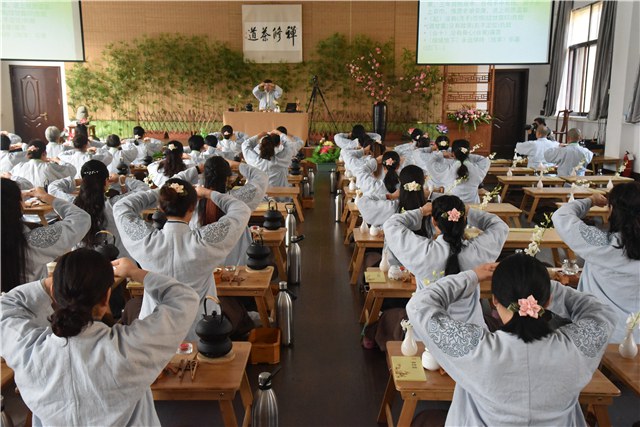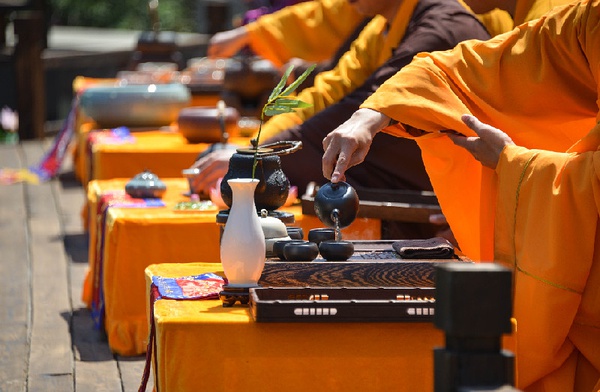The first is the influence of the Tang Dynasty's economy and culture. The Tang Dynasty's social economy was prosperous, the cultural atmosphere was good, and poets and literati emerged in large numbers, which led to the popularity of drinking tea. Coupled with the unification of the country, the development of transportation, the close economic and cultural exchanges between the North and the South, and the influence of Buddhist of cultivation, the popularity of the tea industry has become an irresistible trend.



Second, Lu Yu’s advocacy. The discovery and drinking of tea was by the ancient people, not by Lu Yu; but the prosperity of the tea industry in the Tang Dynasty is indeed inseparable from the advocacy of Lu Yu. Lu Yu’s advocacy of the tea industry was first and foremost reflected in the influence of the “Tea Classic”. The book "Tea Classics", including the image of Lu Yu, a tea expert, is not coming out of thin air, but the needs and products of the development of the tea industry in the Tang Dynasty. In other words, "Tea Saint Lu Yu" and its "Tea Classic" were produced in the great development of the tea industry in the Tang Dynasty. However, in turn, the promotion of Lu Yu's "Tea Classic" promoted the greater development of the tea industry in the Tang Dynasty. The history of tea in the "Tea Classics", the methods and utensils for making tea and drinking tea are not from Lu Yu, but he sums up and improves them more comprehensively; Lu Yu and his "Tea Classics" merits very much, it actually touched on all aspects of the tea industry and tea culture.

Third, the life of martyrdom and tea are the influence of the absorption of teachings. The Buddhism and Taoism in the Tang Dynasty were flourishing because of the advocacy of rulers such as Wu Zetian. The temple economy was developed and the number of martyrs was huge. They are not only important consumers of tea, but also important advocates of tea ceremony and tea art. According to statistics, in the "Full Tang Poetry", all the poems that mention tea, the poems written by the martyrdom or drinking tea together in the temple and the martyrdom accounted for 20% of the total. The poems of the Tang Dynasty temples are not only a large number of poems, but also the temples are often tea planting and tea processing technology centers. Therefore, it has a certain influence on the formation of social customs, especially for the Tang Dynasty literati.


Fourth, the climatic conditions of the Tang Dynasty are also conducive to the development of the tea industry. According to Mr. Zhu Kezhen's research on climate change in the past 5,000 years, he believed that the Sui and Tang Dynasties were in the third warm period (the first warm period was 3000-1000 BC; the first cold period was 1000-850 BC; second The warm period is 770-AD BC; the second cold period is the first year of AD-600 years; the third warm period is 600-1000 years AD; the third cold period is 1000-1200 years AD), therefore, it is the warmest period of five thousand years is especially beneficial to the growth of tea. It can be seen that the great development of the tea industry in the Tang Dynasty has a certain relationship with the climatic conditions at that time, in addition to numerous social reasons.